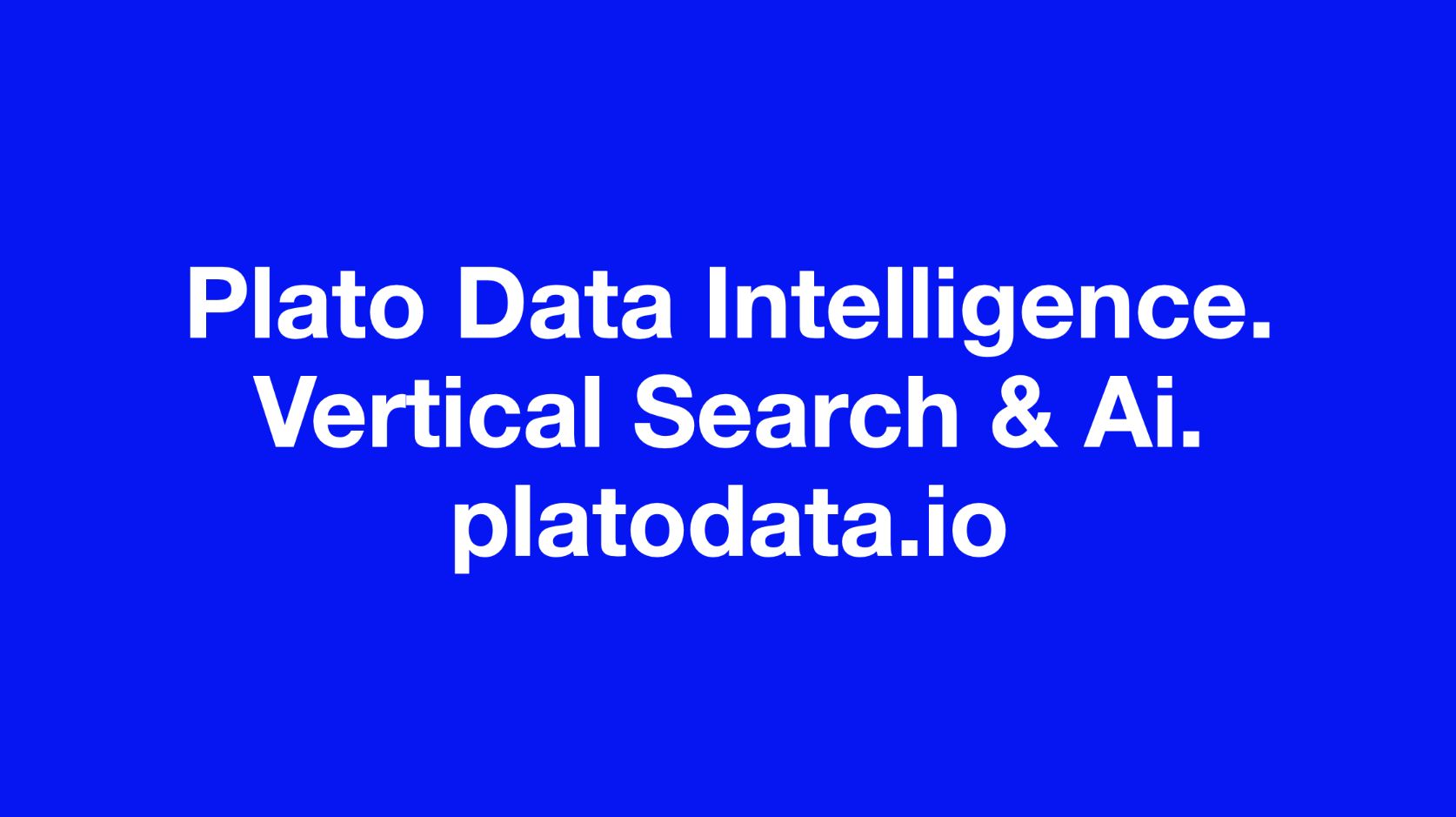Understanding the Differences: Carbon Insetting versus Carbon Offsetting in The Carbon Literacy Project
In recent years, there has been a growing concern about the impact of human activities on the environment, particularly in terms of carbon emissions and climate change. As a result, various initiatives and projects have been developed to address these issues and promote sustainability. One such project is The Carbon Literacy Project, which aims to educate individuals and organizations about carbon emissions and how to reduce their carbon footprint. Within this project, two key concepts are often discussed: carbon insetting and carbon offsetting. While both these terms relate to carbon reduction, they have distinct differences that are important to understand.
Carbon insetting refers to the process of reducing carbon emissions within an organization’s own supply chain or operations. It involves identifying and implementing measures to reduce emissions directly, rather than relying on external projects or offsets. This can include actions such as improving energy efficiency, adopting renewable energy sources, or implementing sustainable practices in production processes. The goal of carbon insetting is to achieve a net-zero or even carbon-positive status by reducing emissions at the source.
On the other hand, carbon offsetting involves compensating for an organization’s carbon emissions by investing in external projects that reduce greenhouse gas emissions elsewhere. These projects can include initiatives like reforestation, renewable energy projects, or methane capture from landfills. The idea behind carbon offsetting is that by investing in these projects, an organization can effectively neutralize its own emissions and contribute to global emission reduction efforts.
While both carbon insetting and carbon offsetting aim to reduce carbon emissions, they differ in terms of their approach and impact. Carbon insetting focuses on internal actions and direct emission reductions within an organization’s operations. This approach allows for greater control and accountability over emissions, as organizations can actively monitor and manage their own carbon footprint. It also encourages innovation and the development of sustainable practices within the organization.
On the other hand, carbon offsetting provides organizations with an opportunity to support external projects that may have a larger impact on emission reduction. By investing in these projects, organizations can contribute to global emission reduction efforts and support sustainable development in other regions. However, carbon offsetting does not directly address an organization’s own emissions, and there is a risk of relying too heavily on offsets without implementing internal emission reduction measures.
The Carbon Literacy Project recognizes the importance of both carbon insetting and carbon offsetting in achieving sustainable carbon reduction. It encourages organizations to prioritize carbon insetting by implementing internal emission reduction measures and adopting sustainable practices. However, it also acknowledges the value of carbon offsetting as a complementary strategy to further reduce emissions and support global emission reduction efforts.
In conclusion, understanding the differences between carbon insetting and carbon offsetting is crucial for organizations participating in The Carbon Literacy Project. While carbon insetting focuses on internal emission reductions within an organization’s operations, carbon offsetting allows organizations to support external projects that reduce emissions elsewhere. Both approaches have their merits and should be considered as part of a comprehensive carbon reduction strategy. By combining these approaches, organizations can make significant progress towards achieving a sustainable and low-carbon future.
- SEO Powered Content & PR Distribution. Get Amplified Today.
- PlatoData.Network Vertical Generative Ai. Empower Yourself. Access Here.
- PlatoAiStream. Web3 Intelligence. Knowledge Amplified. Access Here.
- PlatoESG. Automotive / EVs, Carbon, CleanTech, Energy, Environment, Solar, Waste Management. Access Here.
- BlockOffsets. Modernizing Environmental Offset Ownership. Access Here.
- Source: Plato Data Intelligence.


Jones Expresses Desire for Removal of Climate Commission CEO
**Jones Expresses Desire for Removal of Climate Commission CEO** In a surprising turn of events, Senator Rebecca Jones has publicly...